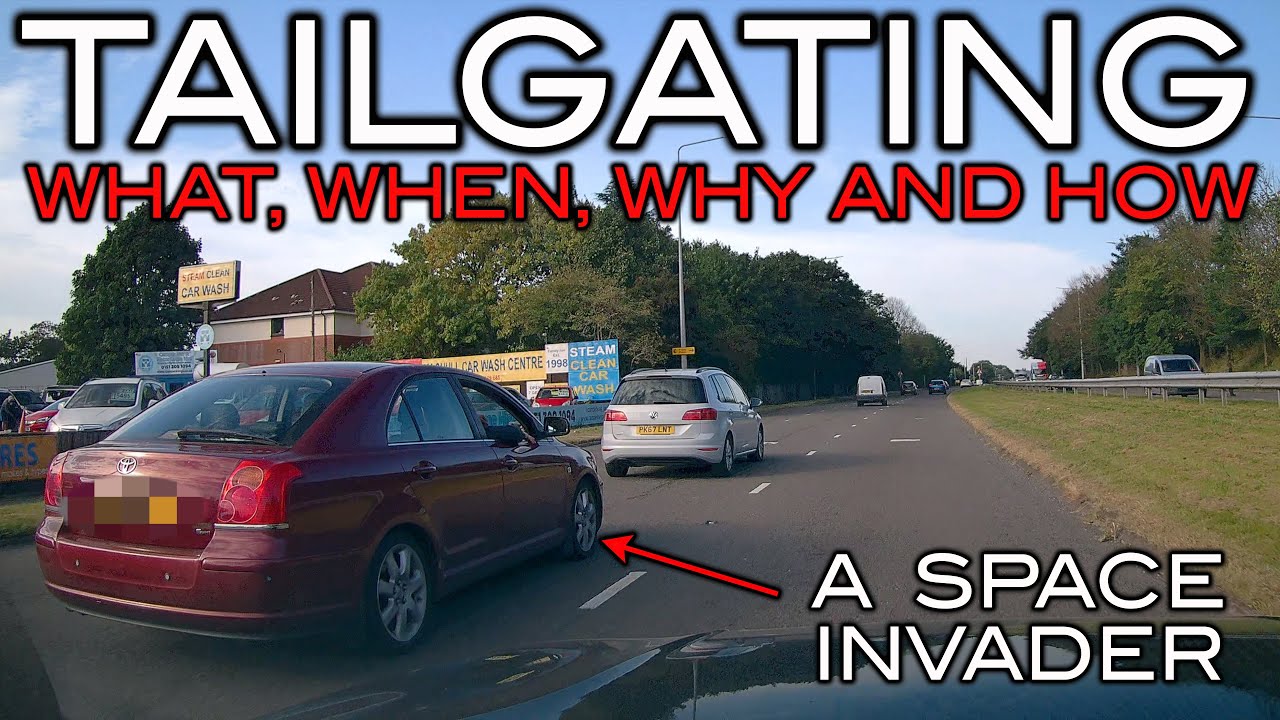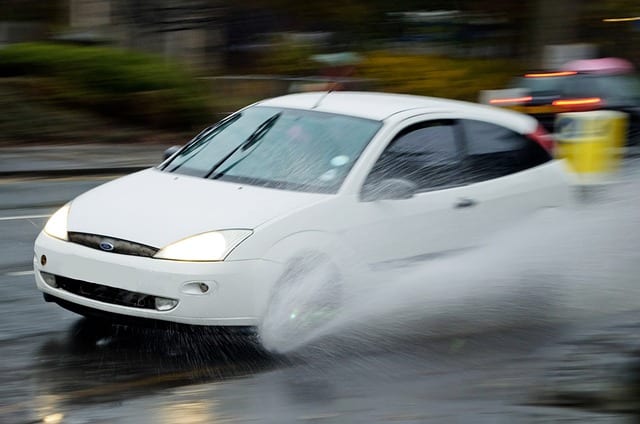
Understanding the Impact of Speed on Your Driving Test
When preparing for your driving test, it’s essential to grasp the significance of speed control, not just for the sake of passing but for your safety and the safety of others on the road. At Smart Drive UK, we emphasise the importance of understanding and adhering to speed limits, as well as recognising when it’s appropriate to adjust your speed below these limits.
Criteria Used by Examiners to Assess Speed Control
Examiners evaluate your ability to maintain an appropriate speed based on the road conditions, traffic flow, and legal speed limits. They look for your understanding of when to adjust your speed due to hazards or changes in the environment, ensuring you’re neither too fast nor too slow.
The Crucial Role of Maintaining Correct Speed
Maintaining the correct speed is vital for several reasons. It demonstrates your awareness of the driving environment and your ability to respond appropriately to various road and traffic conditions. This competency is a key factor in the overall assessment of your driving competence.
Perceptions of Driving Too Slowly
Driving too slowly can be perceived as a hazard, potentially causing unnecessary congestion or even accidents. Examiners assess whether you’re able to balance caution with efficiency, ensuring that your speed reflects both the legal limits and the immediate driving context.
Speed Control’s Place in Driving Competence
Speed control is integral to driving competence, reflecting your ability to interpret and respond to road signs, signals, and conditions. It’s about finding the balance that ensures safety without hindering the flow of traffic. At Smart Drive UK, we provide comprehensive training to help you develop these crucial skills, ensuring you’re well-prepared for your driving test and beyond.
The Risks of Driving Too Slowly in Your Test

When preparing for your driving test, understanding the balance between cautious driving and maintaining an appropriate speed is crucial. At Smart Drive UK, we emphasise that while it’s important to adhere to speed limits, driving too slowly can also present risks, potentially leading to test failure. Let’s explore the specific risks associated with driving too slowly during the driving test, the impact on other road users, and when it might be appropriate to drive below the speed limit.
Specific Risks Associated with Driving Too Slowly
Driving below the speed limit during your test can be perceived as a lack of confidence or indecisiveness, which are not qualities of a competent driver. Examiners assess your ability to judge and adapt to the flow of traffic; hence, driving too slowly can signal an inability to do so effectively.
Potential for Test Failure
Why driving too slowly can lead to failure: Driving significantly below the speed limit, without a clear reason, can result in a mark against you. Examiners look for a balance between caution and confidence, and driving too slowly can tip this balance unfavourably.
Impact on Other Road Users
Driving too slowly can cause frustration and confusion among other road users, potentially leading to unsafe situations. It’s essential to be mindful of how your driving speed affects the overall flow of traffic.
Appropriate Times to Drive Below the Speed Limit
There are circumstances during the test when driving below the speed limit is necessary and appropriate, such as in adverse weather conditions, around schools during drop-off/pick-up times, or in heavy traffic. Understanding when to adjust your speed is a critical skill that demonstrates your awareness and adaptability as a driver.
At Smart Drive UK, we prepare you to find the right balance in speed control, ensuring you’re ready to make informed decisions during your driving test.
Legal Speed Limits and Driving Test Expectations

Understanding the legal speed limits and how they apply during your driving test is a fundamental aspect of preparing for your driving test. At Smart Drive UK, we emphasise the importance of not only adhering to these limits but also understanding the rationale behind them to ensure safe and responsible driving.
Legal Speed Limits Applicable During the Driving Test
The legal speed limits vary depending on the type of road and the vehicle you are driving. For example, the National Speed Limit (NSL) on a dual carriageway for cars is typically 70 mph, while in built-up areas, it is often 30 mph. It’s crucial to recognise these limits and adjust your speed accordingly during your test.
Importance of NSL and Dual Carriageways Knowledge
Knowledge of the NSL and how it applies to different roads, such as dual carriageways, is essential. This understanding helps you make informed decisions about your speed, ensuring that you’re driving safely and legally. Dual carriageways, in particular, require specific attention to speed limits due to their higher limits and unique driving conditions.
Examiner Assessment of Speed Limit Compliance
Examiners assess your ability to comply with speed limits as part of your overall driving competence. They look for your understanding of the speed limits and your ability to adjust your speed based on road conditions, traffic flow, and legal requirements.
Role of Examiner Discretion in Speed Assessment
Examiners are trained to evaluate your driving with a focus on safety and adherence to traffic laws. Their discretion comes into play when assessing whether your speed is appropriate for the conditions and context of the road. This means they have the authority to determine if driving too slowly is a sign of hesitation or a lack of confidence, which could impact your test result.
Reasons for Marking Down for Driving Too Slowly
Why driving too slowly can be penalised:
– Safety Hazard: Excessively slow driving can be as dangerous as speeding, potentially leading to traffic build-up or confusion among other road users.
– Lack of Confidence: It may indicate to the examiner that you’re not confident in your driving abilities or decision-making skills.
Demonstrating Appropriate Speed Control
To satisfy examiners, learners should:
– Adjust Speed According to Conditions: Show that you can adapt your speed based on road conditions, traffic flow, and legal limits.
– Exhibit Confidence: Make decisive actions that reflect a good understanding of the driving environment.
Defensive Driving and Speed Control

Defensive driving is a cornerstone of safe and responsible driving, emphasising the importance of readiness for any situation on the road. At Smart Drive UK, we integrate defensive driving principles into our training programmes, ensuring that you’re not only prepared to pass your driving test but also to navigate the roads safely long after.
The Relationship Between Defensive Driving and Speed Control
Defensive driving and speed control are intrinsically linked. Effective speed management is a critical aspect of defensive driving, as it allows you to adapt to the changing conditions of the road, traffic, and weather, ensuring safety for yourself and other road users.
Why Defensive Driving is Essential for Safe Speed Management
Defensive driving teaches you to anticipate potential hazards and make informed decisions, including how to adjust your speed appropriately. This proactive approach to driving helps prevent accidents and improves overall road safety.
Practising Defensive Driving Techniques
Learners can practice defensive driving techniques by:
– Staying Alert: Always be aware of your surroundings and anticipate the actions of other drivers.
– Maintaining a Safe Following Distance: This gives you more time to react and adjust your speed if necessary.
– Adapting to Conditions: Learn to adjust your speed based on road, traffic, and weather conditions.
Incorporating Defensive Driving into Our Training
At Smart Drive UK, defensive driving is an integral part of our curriculum. We provide comprehensive training that covers:
– Theory and Practical Applications: Understanding the principles of defensive driving and applying them in real-world scenarios.
– Personalised Feedback: Our instructors offer tailored advice to help you improve your defensive driving skills, including speed control.
By focusing on defensive driving, we aim to equip you with the skills necessary to drive safely and confidently, ensuring that you’re well-prepared for both your driving test and your future as a responsible driver.
Common Mistakes Related to Speed During the Driving Test
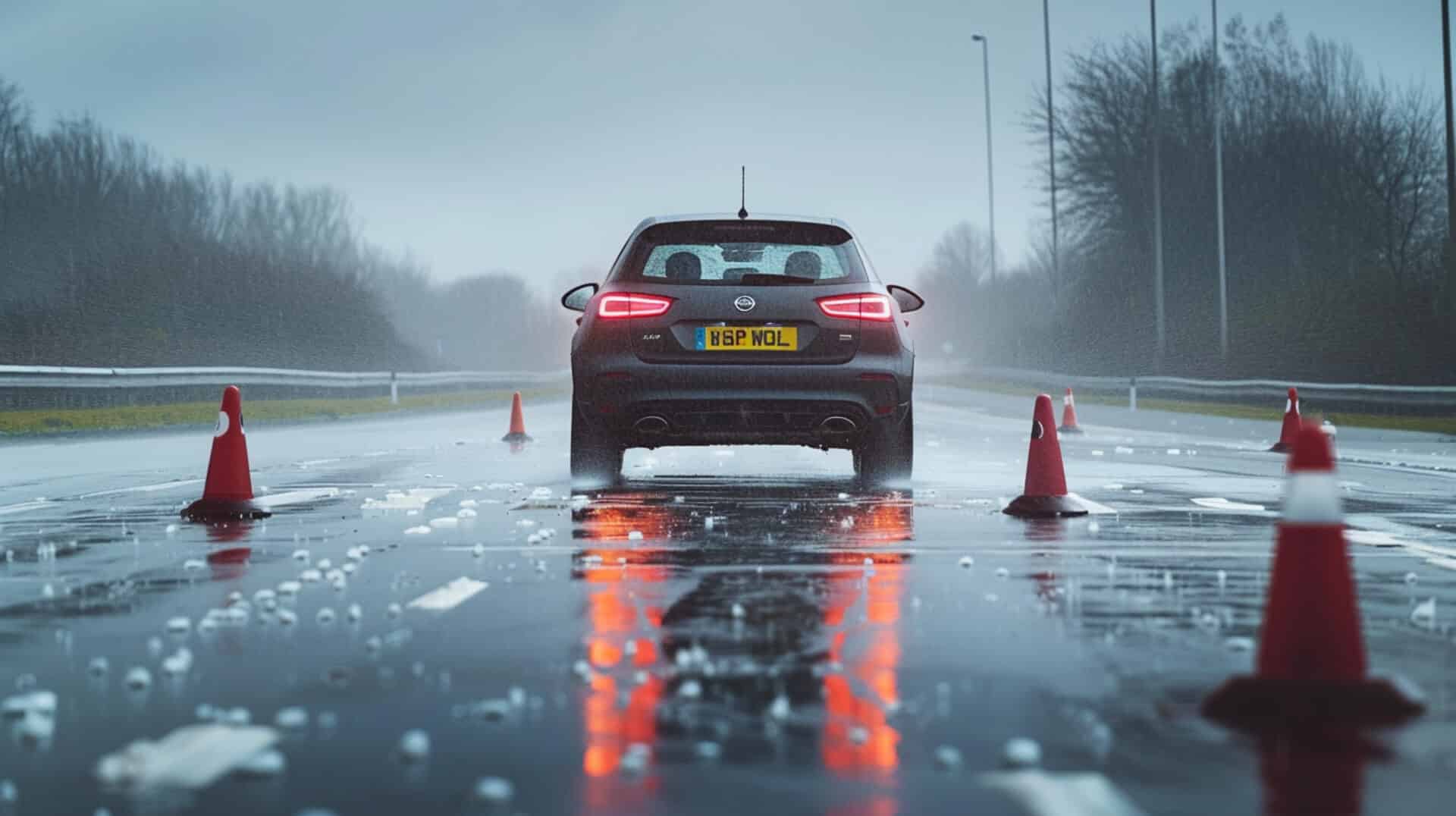
Navigating the balance between too fast and too slow is a common challenge for learner drivers during their driving test. At Smart Drive UK, we’ve identified the most frequent speed-related mistakes and offer guidance on how to avoid them.
Most Common Speed-Related Mistakes
- Inappropriate Speed: Either exceeding the speed limit or driving too slowly, indicating a lack of awareness or confidence.
- Misjudging Road Conditions: Failing to adjust speed for weather, traffic, or road conditions.
- Inconsistent Speed: Frequent, unnecessary changes in speed, demonstrating uncertainty.
Impact on Test Outcome
These mistakes can significantly impact your test outcome by demonstrating a lack of control, awareness, and ability to adapt to changing conditionskey competencies for any driver.
Avoiding Speed-Related Errors
To avoid these common pitfalls:
– Practice Regularly: Gain confidence through experience in various driving conditions.
– Stay Informed: Understand the speed limits and how they apply to different road types.
– Seek Feedback: Utilise instructor feedback to improve your speed judgement.
Focusing on Speed Control During Practice Sessions
Learners should prioritise speed control during their practice sessions by:
– Simulating Test Conditions: Practice in areas that mimic the conditions of the test route.
– Using Feedback Constructively: Apply instructor feedback specifically to speed control and adjustment.
By addressing these common mistakes and focusing on speed control during practice, you’re more likely to demonstrate the competence and confidence required to pass your driving test.
Preparing for the Driving Test: Speed Awareness

Mastering speed control is a critical component of preparing for your driving test. At Smart Drive UK, we understand the importance of speed awareness and offer comprehensive guidance to ensure you’re fully prepared. Here’s how you can improve your speed awareness before the test.
Steps to Improve Speed Awareness
Improving your speed awareness involves a combination of practice, theoretical understanding, and feedback. Here are key steps to enhance your speed control:
- Regular Practice: Spend ample time driving in various conditions to get comfortable with adjusting your speed.
- Understand Speed Limits: Familiarise yourself with the speed limits on different types of roads and why they are in place.
- Feedback from Instructors: Utilise the feedback from your driving instructor to identify and correct any issues with your speed control.
The Crucial Role of Driving Instructors
Practising with a driving instructor is invaluable. Our instructors at Smart Drive UK provide:
- Personalised Feedback: Tailored advice on how to adjust your speed based on road conditions and traffic.
- Real-World Experience: Exposure to a variety of driving situations to improve your judgement and confidence.
The Role of Observation and Awareness in Speed Control
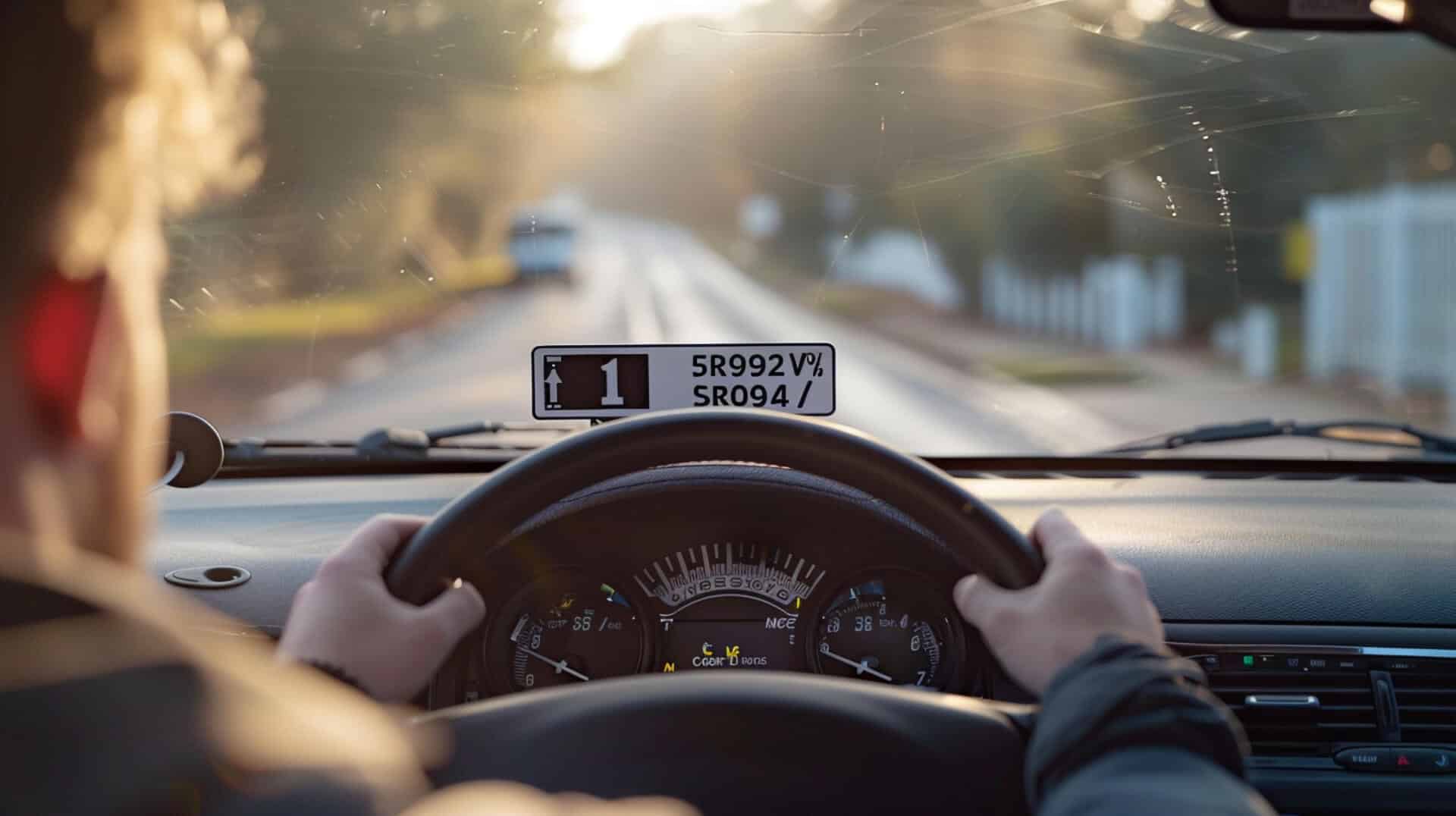
Effective observation and awareness are foundational skills in driving, particularly when it comes to controlling your speed. At Smart Drive UK, we stress the importance of these skills not only for passing your driving test but for ensuring lifelong safe driving practices.
Importance of Effective Observation
Maintaining appropriate speed requires constant vigilance and the ability to interpret the road ahead. Effective observation allows you to anticipate changes in traffic flow, road conditions, and potential hazards, enabling you to adjust your speed proactively rather than reactively.
Assessing Speed Relative to Road Conditions
Why constant assessment is crucial:
Road conditions can change rapidly due to weather, traffic congestion, or roadworks. By continuously assessing your speed in relation to these conditions, you ensure not only your safety but also that of other road users. This skill demonstrates to examiners that you are a competent and considerate driver.
The Role of Regular Mirror Checks
Regular mirror checks are integral to speed awareness. They provide you with a comprehensive view of your surroundings, helping you to make informed decisions about your speed. For instance, understanding the distance and speed of vehicles behind you can guide when to adjust your speed, especially before making turns or changing lanes.
Practising Observation Skills to Enhance Speed Control
Where to practice:
Learners can enhance their observation skills and speed control by practising in varied driving environments. From busy urban streets to quieter rural roads, each setting offers unique challenges and opportunities to refine these critical driving skills. Our instructors at Smart Drive UK focus on providing diverse driving experiences to ensure you’re well-prepared for any situation on the road.
Feedback and Improvement: Learning from Driving Test Experiences

After taking a driving test, whether successful or not, the feedback received is a goldmine of information for learner drivers. At Smart Drive UK, we emphasise the importance of using this feedback constructively to refine your driving skills, particularly in areas like speed control.
Feedback Mechanisms for Speed Control Improvement
Test Report Sheet Review: One of the most direct feedback mechanisms is the test report sheet provided by the examiner. This document outlines your performance across various competencies, including speed control. Reviewing this with your instructor can highlight areas for improvement.
The Importance of Reviewing the Test Report Sheet
Why it’s crucial: The test report sheet offers specific insights into your driving test performance. Discussing this report with your instructor allows for a targeted approach to refining your skills, ensuring that you understand where and how to improve your speed control for future tests.
Utilising Driving Test Experience
Learning from the experience: Every driving test, regardless of the outcome, is a learning opportunity. Reflecting on your test experience, especially the feedback regarding speed control, can help you identify patterns or habits that need adjustment.
Seeking Additional Training or Resources
When to seek more help: If your test feedback indicates ongoing challenges with speed control, it might be time to seek additional training or resources. This could include further lessons focused on speed awareness, defensive driving courses, or even using driving simulators to practice speed management in a controlled environment.
At Smart Drive UK, we’re committed to supporting you through every step of your learning journey, ensuring you have the tools and knowledge to improve your speed control and overall driving competence.
Contact Us for Expert Driving Instruction and Speed Control Tips
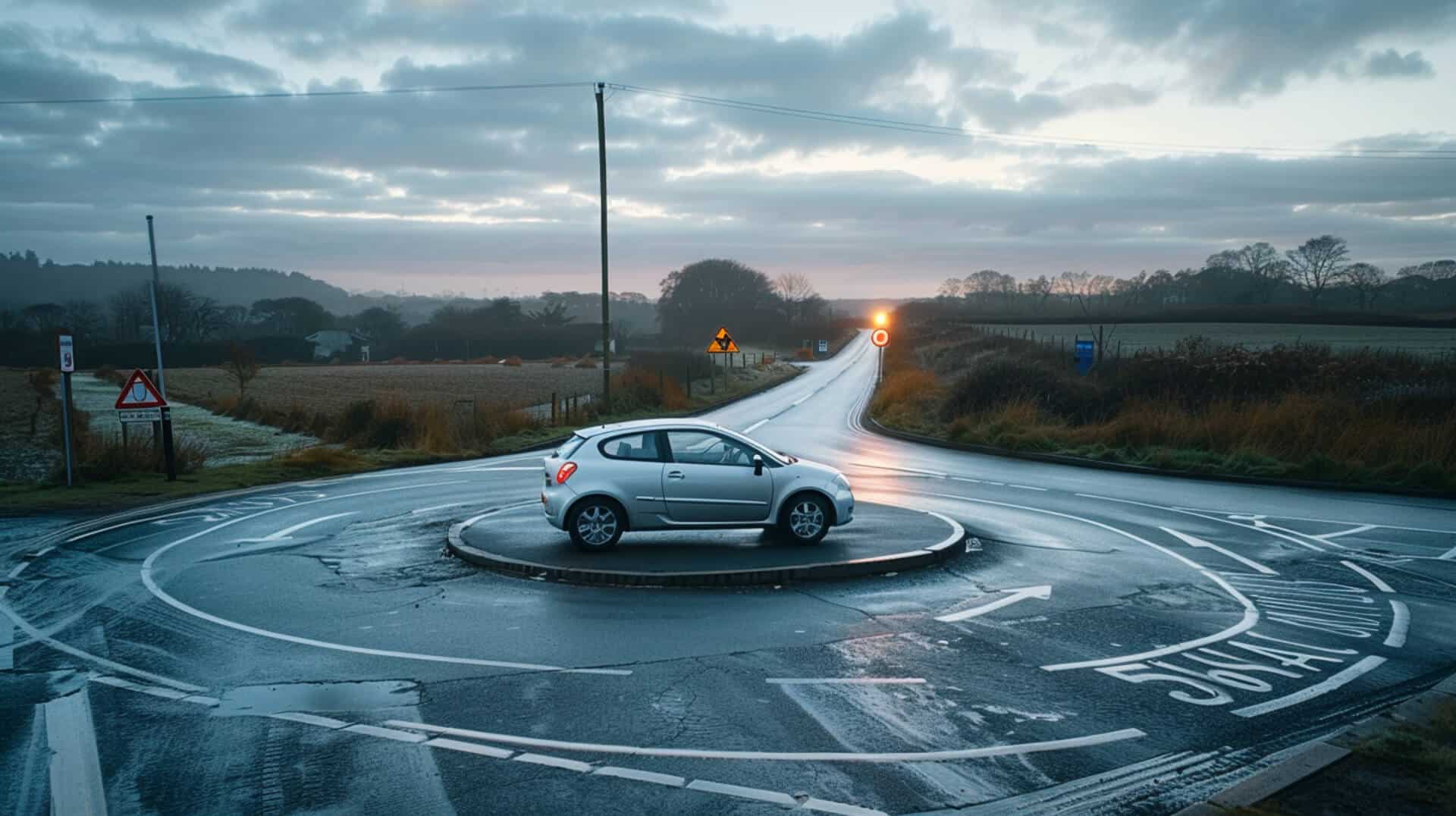
At Smart Drive UK, we understand the challenges learners face with speed control during their driving test. Our comprehensive driving instruction is tailored to address these challenges, ensuring you’re well-prepared and confident on the day of your test.
What Makes Smart Drive UK a Preferred Choice?
Why choose us:
– Expert Instructors: Our team of experienced instructors specialises in teaching speed control techniques, ensuring you understand how to adjust your speed safely and confidently.
– Personalised Training: We offer personalised training plans that focus on your specific needs, helping you overcome any challenges with speed control.
Comprehensive Driving Instruction
Our approach:
– Holistic Training: Beyond speed control, our driving instruction covers all aspects of driving, from basic manoeuvres to advanced defensive driving techniques.
– Practical Experience: We provide ample on-road practice to help you gain real-world experience in various driving conditions.
Overcoming Challenges with Speed During the Driving Test
How we can help:
– Focused Sessions: If you’re struggling with speed control, we offer focused sessions to address this specific area, ensuring you’re ready for your test.
– Feedback and Improvement: Our instructors provide constructive feedback, allowing you to improve your speed control based on real driving scenarios.
Finding More Information on Our Driving Courses and Speed Control Training
Where to learn more:
– www.smartdriveuk.co.uk: Visit our website for detailed information on our driving courses, including those focused on speed control.
– Email: admin@smartdriveuk.co.uk: Reach out to us directly for personalised advice and to discuss how we can help you achieve your driving goals or call us (01903 691002)
At Smart Drive UK, we’re committed to helping you become a safe, confident driver. Contact us today to learn more about our driving instruction and how we can assist you in mastering speed control for your driving test.

